In this article
View 2 More +It might be a sweet idea to get two cats that you’re sure are going to fall in love and live happily ever after together. Unfortunately, that type of love and relationship is not in a cat’s DNA. Cats are not monogamous animals. They can live together on friendly terms in the same house, but they will never think of one another as a lifelong partner they are solely devoted to.
Most cats would run off with the first cat to walk through the door if given the chance since they mate based on hormonal impulses. Here is what you need to know about cat monogamy and their mating practices.

Cats Are Not Monogamous
Cats are not monogamous and can be incredibly promiscuous. During the mating season, male cats in the wild mate with multiple females per day. Male cats can sense females in heat and will often fight to get to her; the single best factor to determine the victor in these squabbles is their body weight. This tends to ensure that only the strongest males are allowed to mate (and therefore pass their genes onto their progeny). Larger males will also often control the most territory and therefore have the best chances of mating with the females in their territory.
For a female cat in heat, the goal is simply to get pregnant. Much like the overwhelming majority of the animal kingdom, cats don’t mate for pleasure. Instead, they mate for reproduction only. That being said, cats can sometimes show aversion towards a male at times – often due to past experiences that they likely deemed traumatic. Female cats are induced ovulators. This means that a female cat in heat will only release her ova (eggs) when mounted by a male.
It usually takes an average of three to four copulations in a 24 hour period for a female to ovulate. The copulation itself isn’t a drawn out affair in cats, either. When a cat mates it can be completed within a minute or two. Therefore, a female cat can mate with multiple males within a single heat cycle and kittens within a single litter can be fathered by different male cats.
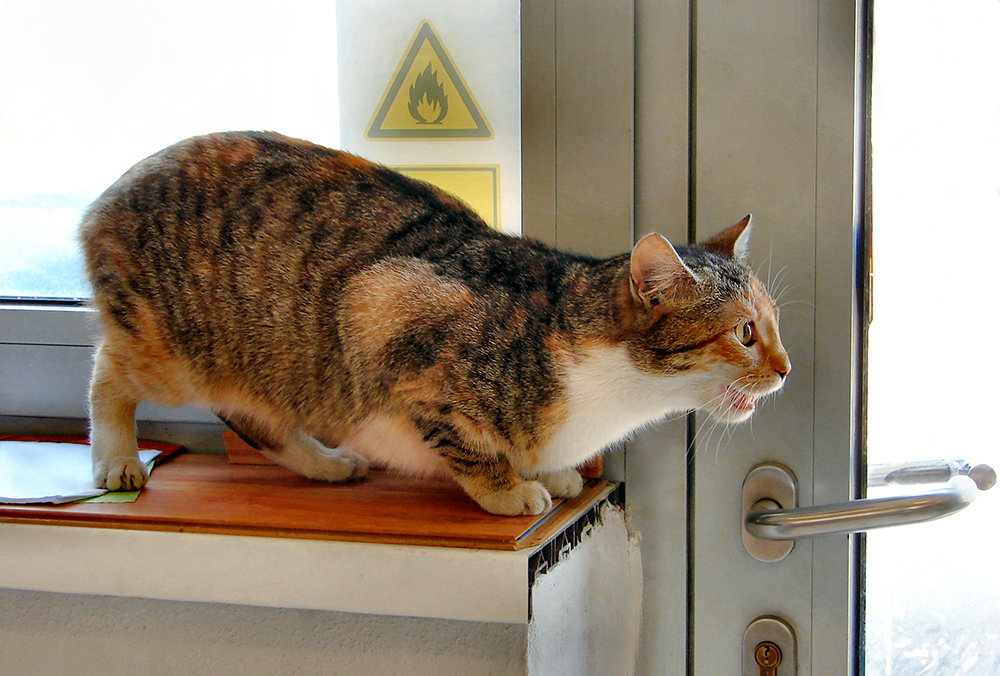
Cat Mating Practices
Cats are seasonally polyestrous, which means that they can go into heat multiple times during the mating season. In temperate climates of the northern hemisphere, mating season for cats lasts from February through October. Cats that live in warm climates or live indoors year-round (and are intact) can cycle throughout the year.
- She must have attained at least around 80% of her maximum potential body weight
- She must be exposed to a certain amount of sunlight per day (this is important for the aforementioned temperate climates)
- She must have a sound reproductive tract
- She must not have any health issues that interfere with her ability to get pregnant – but take note that sick cats can get pregnant; not all ailments prevent pregnancy.
Attracting a Mate
When a female cat goes into heat, she will do her best to attract a suitable male for mating. The female will attract males both via sound (a common complaint for pet owners) and smell; she can produce pheromones that male cats can sense. Her urine also undergoes hormonal changes and she may spray urine on surfaces while in heat as well. Male cats are able to ascertain that the urine is from a female cat who is in heat.
Males in the area will be drawn to the female; they often fight to be the first to reach her. Male cats are also prone to being injured or even killed by motor vehicle collisions at this time; their desire to mate is too strong and they often throw caution to the wind.
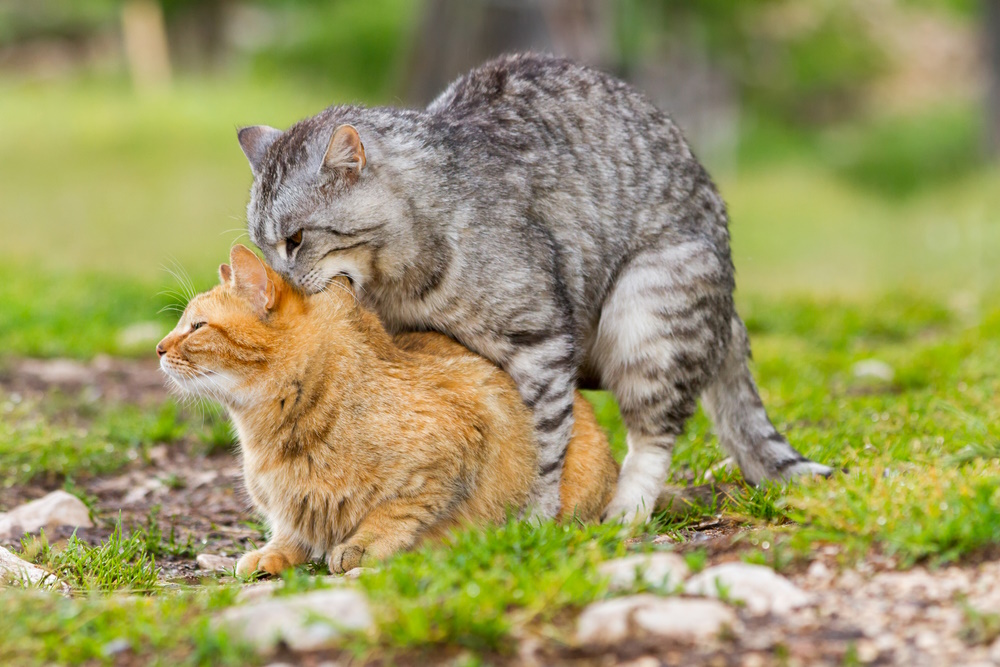
Mating
A male that successfully reaches the female will attempt to mate with her. The copulation lasts about a minute or two at most and usually ends with the female lashing out at the male and then rolling on her back. She may stay in his presence for additional mating attempts, or at times she may move on to find another male. The male may also be driven off by other males who eventually find the female. These newer males may then try to mate with the female in heat.
As stated previously, ovulation occurs when a female mates with a male on average 3 to 4 times in a 24 hours period. The heat cycle itself may last up to 21 days; though the average is around 7 days. At the end of the heat cycle, a female who isn’t pregnant (didn’t find a male or didn’t conceive) will often have a week or so of not being in heat. After this duration, the cycle restarts anew – provided that the factors listed earlier are met.
For females that manage to get pregnant, the cycle stops during pregnancy – which lasts around 9 weeks. The cycle can then restart once she’s given birth to her kittens. Unlike many other mammals, milk production in cats does not always suppress a heat cycle. This means that a cat nursing kittens can definitely go into heat and become pregnant again.
Tomcats
Tomcats, or male cats, spend their days doing three things. They mark and protect their territory, hunt and find food, and look for mates. A tomcat is always looking for a new mate and is always looking to claim the female cats in his territory. In an area crowded with stray or wild cats, tomcats can mate with numerous females in a short amount of time. They have no concept of monogamy.
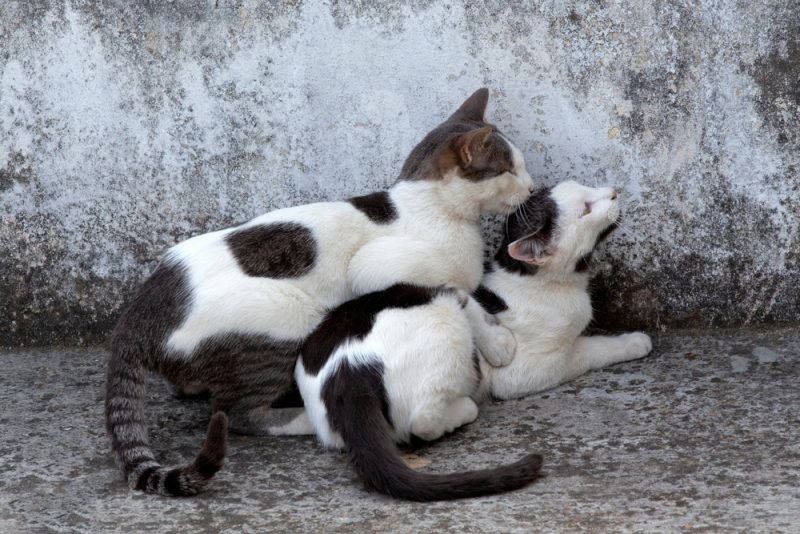

What Animals Are Monogamous?
If cats are not monogamous, which animals are? Monogamy is rare in nature. An estimated 3% to 6% of animal species practice some form of monogamy in their lives. But there are some animals that can inspire hope and romantic feelings.
Whereas cats do not mate for life, a number of birds are monogamous. Once they mate as young adults, they usually stay together for the rest of their lives. The male and female birds build nests together, live together, and raise their chicks and hatchlings together. For example, Emperor Penguins are monogamous and remain as a couple to safely shepherd their babies to adulthood in the harsh Antarctic climate.
Other monogamous animals include the red-backed salamander, sea otters, the Eurasian beaver, and the prairie vole. Many pet parrot species are also monogamous.
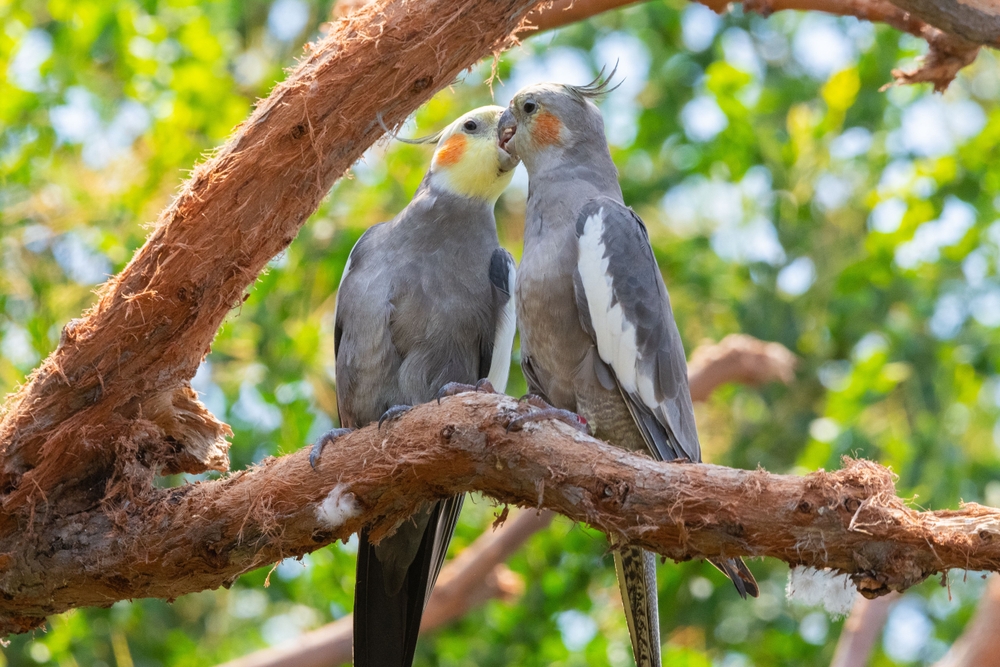
Are They Truly Monogamous?
It is, however, thought by many that animals we consider monogamous are not truly monogamous – which is why literature often describes them as practicing some form of monogamy. This is because many apparently monogamous animal species will find a new partner if one of them is not able to reproduce, goes missing, or meets their demise. This tendency to “jump ship” (metaphorically speaking) is considered necessary for the survival of a species as a whole, as an individual who is still able to reproduce would definitely want to try to do so.
The species that do practice monogamy (in some form) often do so for increased repeated reproductive performance. The process of finding, wooing, and accepting someone as a mate is both time and energy-consuming. If it can be avoided in future mating seasons, it’s generally considered advantageous. Skipping over these courtship rituals saves a monogamous pair time and energy they can invest into building a nest, gathering resources, reinforcing their bond with mutual grooming, or getting on with mating.

Conclusion
Cats are not monogamous and can be considered the opposite of monogamous. They are frisky and will seek mates consistently. They do not care about the number of partners they have as long as kittens are being produced. That might shatter your illusions about cats and romance, but these behaviors are seared into the feline DNA, and it has been very effective for them throughout the years.
Featured Image Credit: Nils Jacobi, Shutterstock
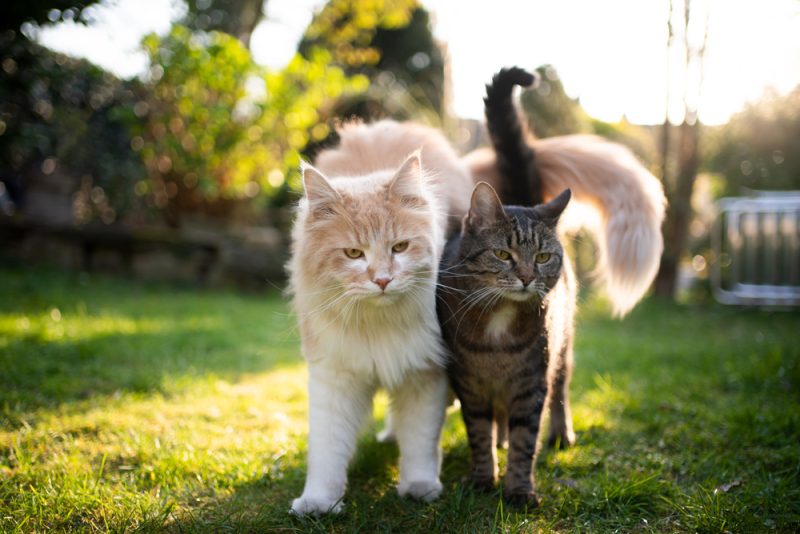

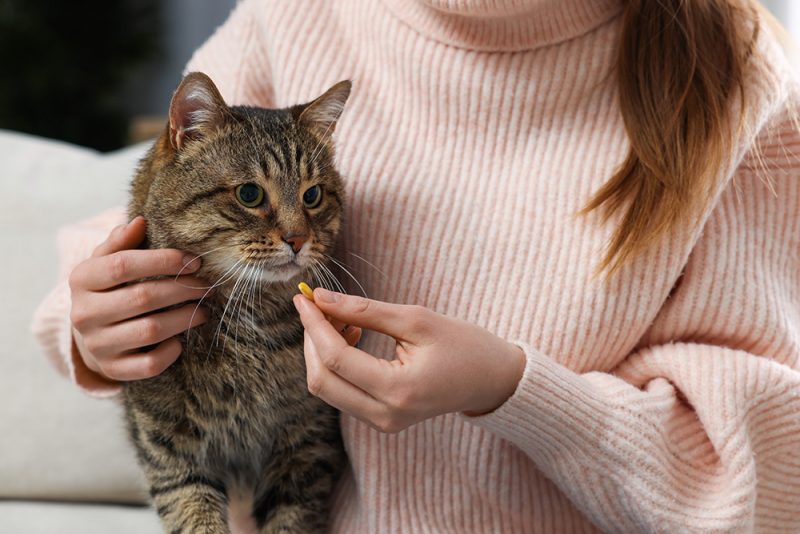
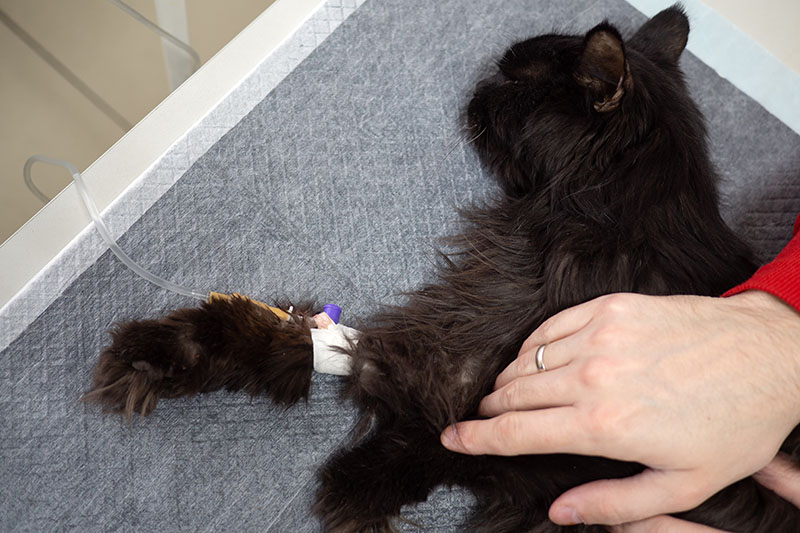
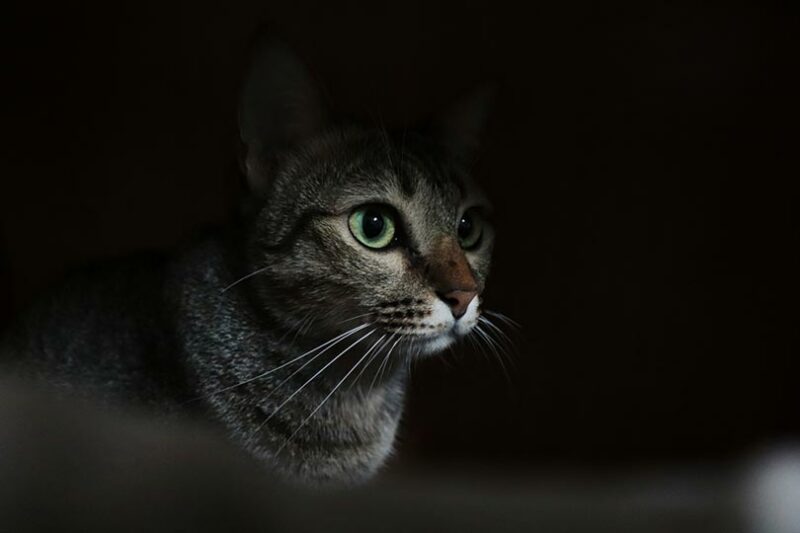

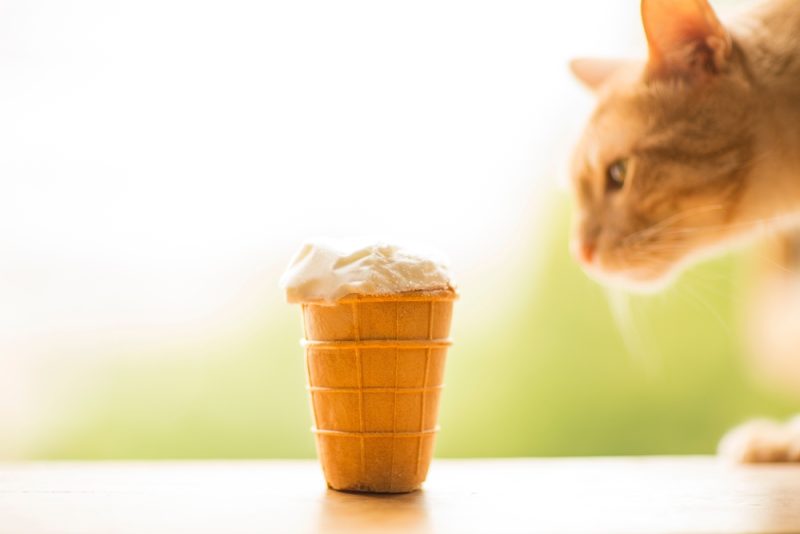


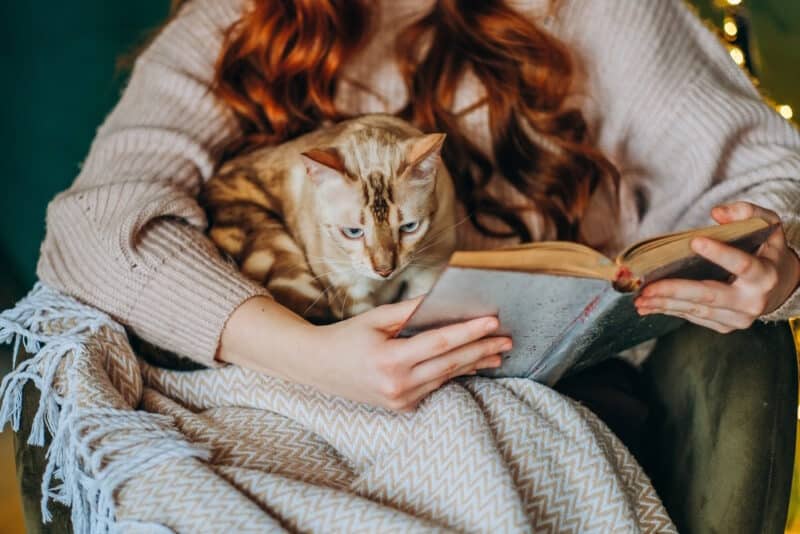

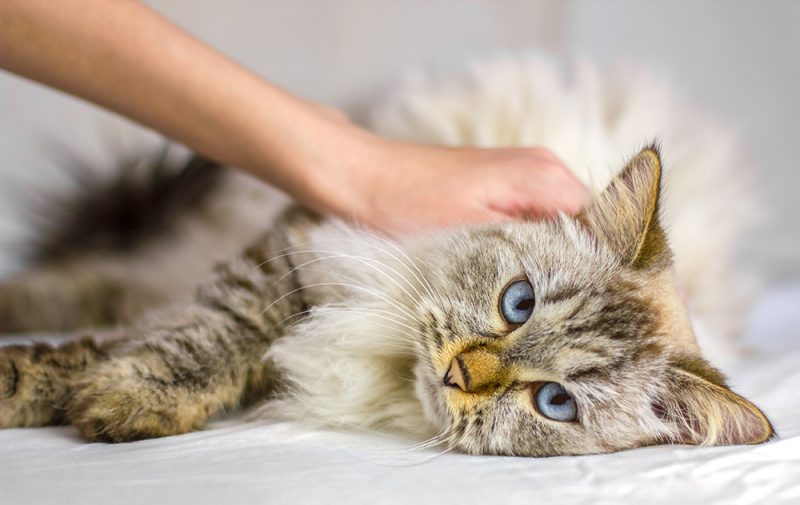



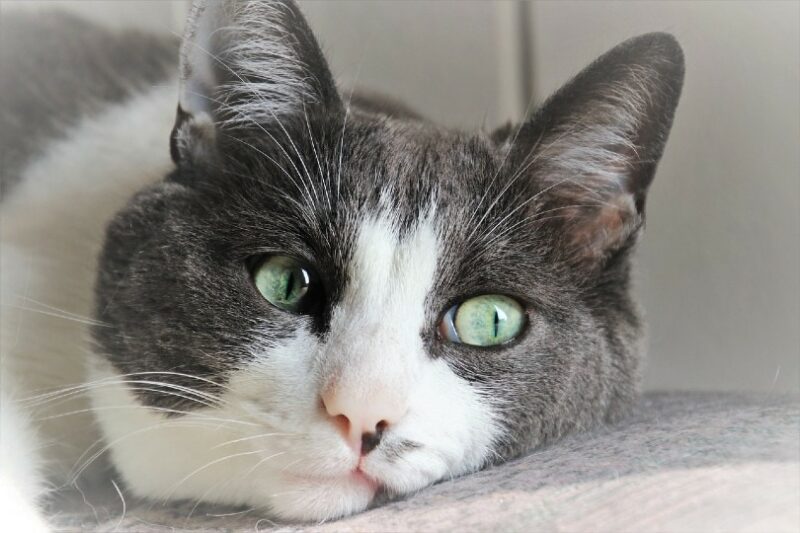
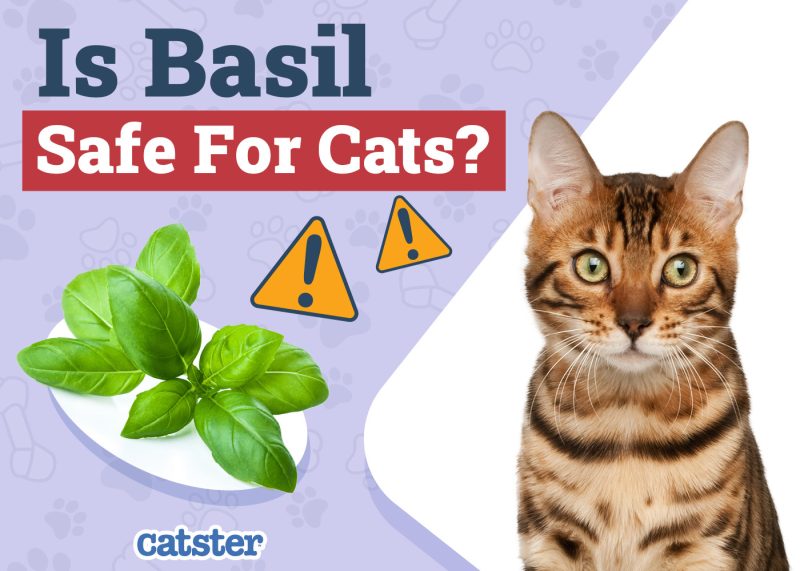
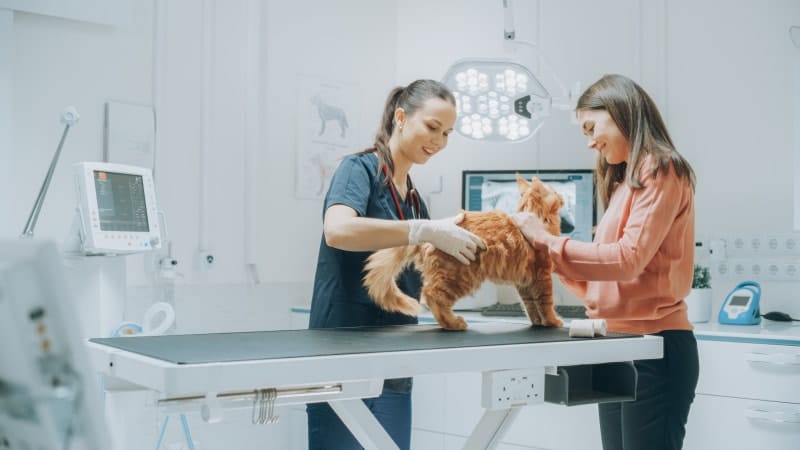

2 Responses
Thank you your information has been very helpful regarding cat breeding, ive been looking for awhile for someone who can explain the cat mating process in an understandable way for others to understand so thank you i understabd the cat mating process better now.
Thank you very much for reading us Helen, we are delighted to read that our post helped you to understand the cat’s breeding and mating practices. ????It is very nice to know our posts are appreciated and helpful to our readers.